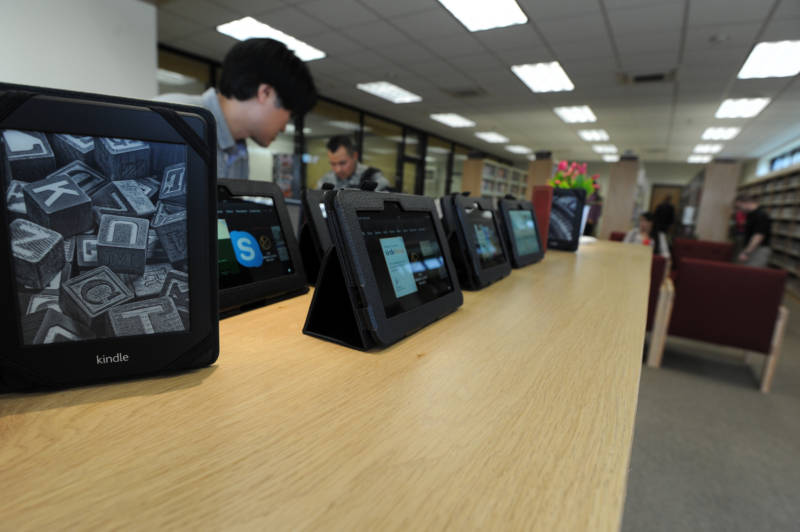School libraries are no longer simply quiet places for students to study or check out printed materials. Many have transformed themselves into vibrant hubs of school life, boasting makerspaces, computer access, collaborative work areas, quiet zones, and many more ways for students to access information. Students are now using a variety of devices to do schoolwork and access textbooks or other class materials. To help meet their needs, librarians are scrambling to curate effective digital collections accessible through a variety of devices, but it’s a complicated and often expensive task.
“Every outgoing senior class is vastly different from every incoming freshman class,” said New Canaan High School librarian Michelle Luhtala in an edWeb webinar. “When we look at our collections, are we ready for that shift? Every year is a different cohort.”
Shifts in student population and usage patterns, in addition to a quickly changing media landscape, make the school librarian’s job difficult (if the school even has a librarian). While the e-book market is growing, it’s not yet clear how it will play out in schools where educators have diverse needs for books. Some e-books can only be licensed for a limited amount of time to schools, which might be a good thing if schools are constantly changing curriculum, but also means the school doesn’t own the book outright.
“It is still the Wild West,” Luhtala said. “Things are changing before our very eyes. That’s exciting and fascinating, but it requires a lot of attention and knowledge and it can be confusing.” In the past, Luhtala might have ordered seven print copies of a new book, now she’s ordering four print books, two e-books and an audiobook to offer various avenues for students. But it might cost $200 extra for that diversity of formats.
“My administrators have no idea that we don’t pay the same for an ebook as they do on Amazon,” Luhtala said. A book that costs a consumer $39 might cost a school $150, in part because if the school will own the ebook in perpetuity, many more people will read it than one consumer.


